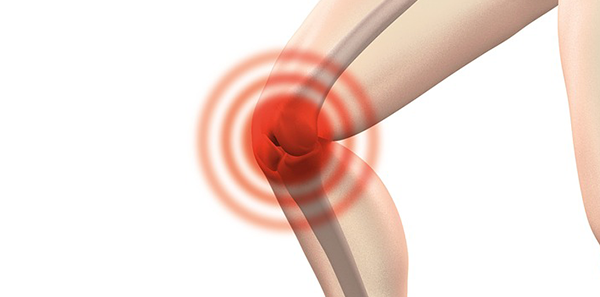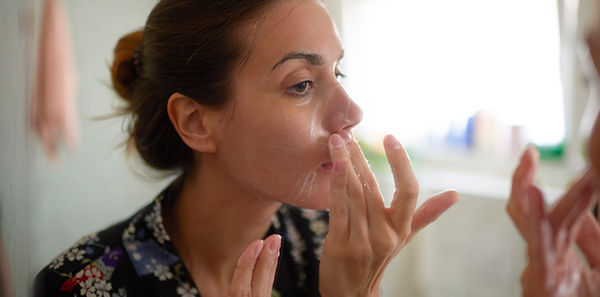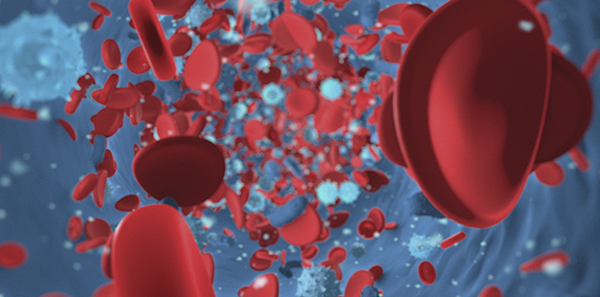
Vitamin D plays a vital role in bone metabolism and can be regarded as one of the main hormones in our bodies, an essential nutrient that protects bones and regulates growth, amongst other functions. It plays a fundamental role in the intestinal absorption of calcium and phosphorous, the main components of bones.
Most vitamin D is produced by our skin from exposure to sunlight ─ultraviolet B radiation─ and only a small part is provided from our diet. The foods with the highest amount of vitamin D are oily fish (herring, salmon, sardine, mackerel), offal (liver), egg yolks and certain foods that have been enriched with added vitamin D (milk and cereals).
Vitamin D is important, not just for bones, but for many other organs, including the pancreas, the brain, the heart, the small intestine and the immune system. It has been shown that a vitamin D deficiency can be related to a number of health problems, mainly affecting bones, as well as others like auto-immune diseases, diabetes, multiple sclerosis, obesity, cardiovascular and intestinal diseases, even the development of some types of cancer, such as breast, colon and prostate cancer.
Exposure to ultraviolet radiation provides the production mechanism with more than 90% of vitamin D a person needs.
But this radiation is also responsible for causing damaging effects on the skin, including sunburn, photoageing, hyperpigmentation and skin cancer.
To prevent this damage, everyone, whatever their skin phototype may be, should use photoprotection, which includes staying out of the sun during the peak hours of the day, wearing sun protective clothing and applying sun creams.
Sun protectors were designed to prevent sunburn and they have also proved to be effective in preventing solar keratosis, nevus and skin cancer. But using them, mainly those with a higher sun protection factor, seems to cause a significant reduction in the skin’s ability to synthesise vitamin D, sometimes even leading to a vitamin D deficiency. It was been found that vitamin D levels increased exponentially as the thickness of the applied sun protector layer decreased.
As conclusions we can say that:
The use of sun protectors, if applied in the recommended amounts, decreases the skin’s ability to synthesise vitamin D and can even block it completely.
The risk of skin cancer from excessive exposure to ultraviolet radiation and the availability of orally administered vitamin D supplements mean we need to set out guidelines on safe levels of sun exposure.
Orally administered vitamin D supplements are a safe, well tolerated and cheap way of ensuring we reach adequate levels of vitamin D.
All this means that it’s better to use sun protection correctly and take vitamin D supplements to avoid the risk of developing skin cancer.












